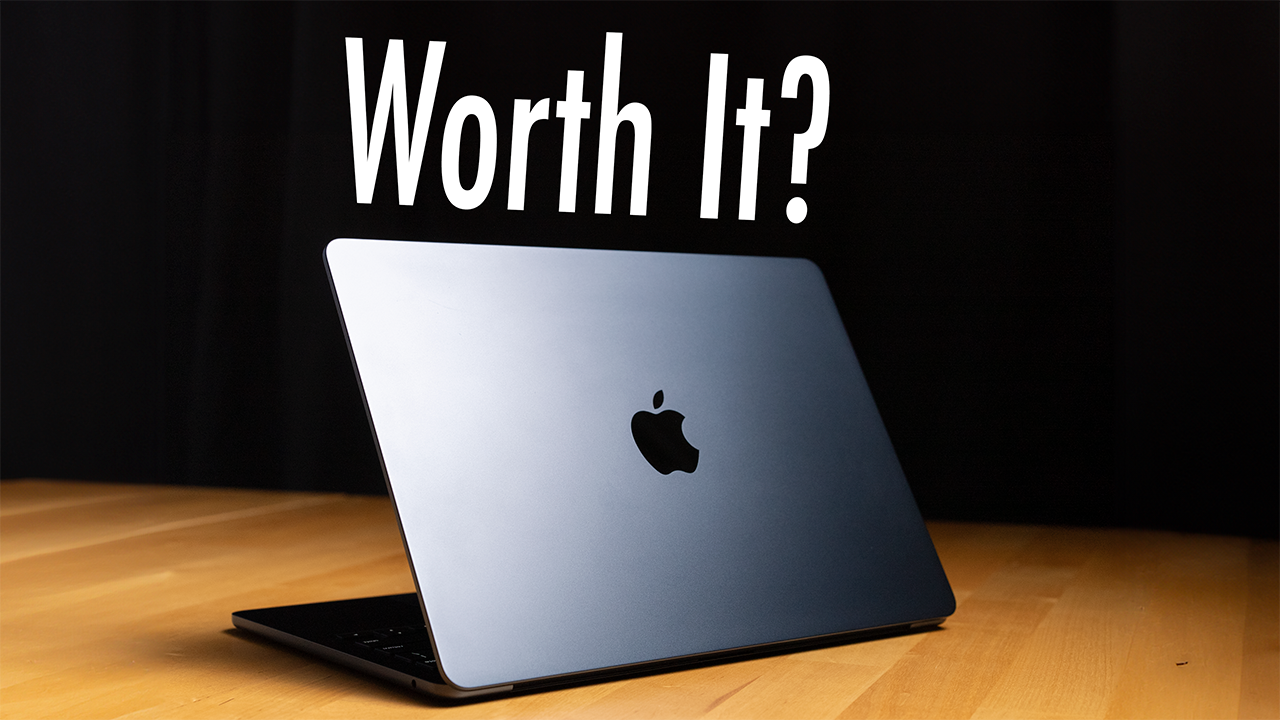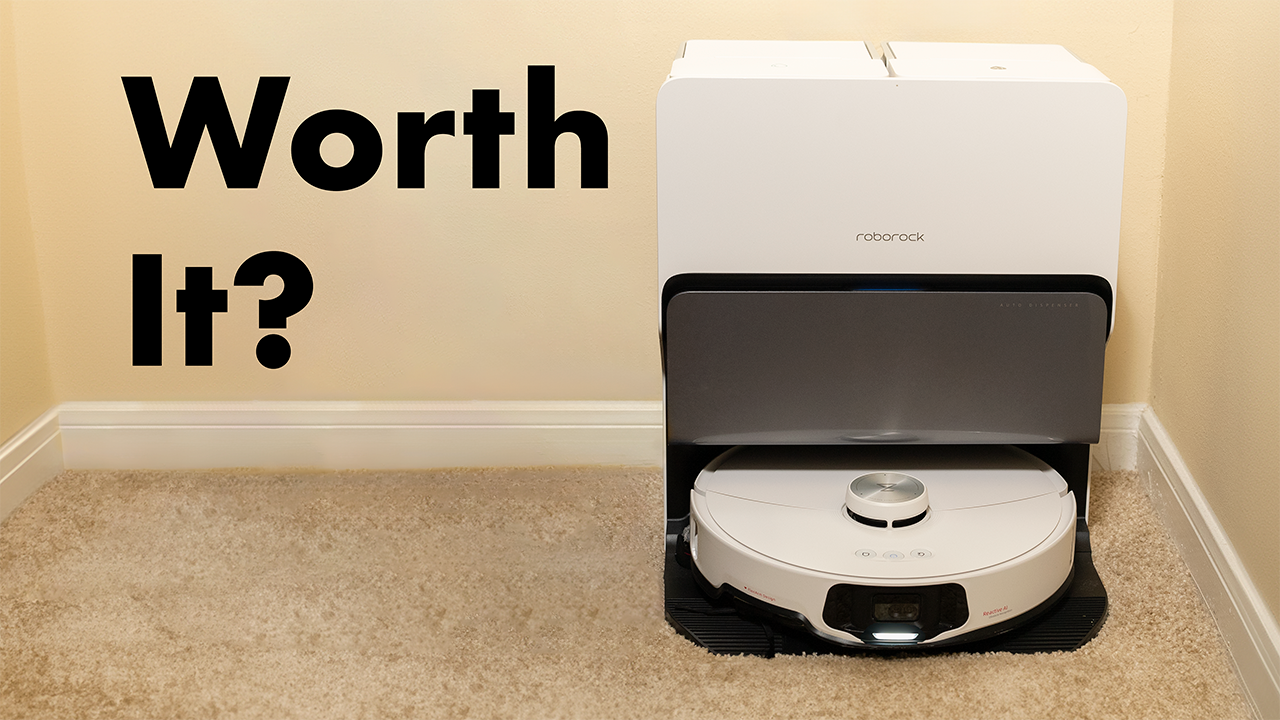Product Links:
iPhone 15 Pro Max (Affiliate Link)
AirPods Max (Affiliate Link)
iPad Pro (Affiliate Link)
Apple TV (Affiliate Link)
Pixel 8 (Affiliate Link)
Pixel 8 Pro (Affiliate Link)
Pixel Watch 2 (Affiliate Link)
Pixel Tablet (Affiliate Link)
View all of our recommended products: https://www.amazon.com/shop/6monthslaterreviews
Video transcript:
It’s 2024, and I’ve spent well over the past 6 months comparing Android phones to iPhones. I’m going to break down what really differentiates them and ultimately, which one I think is the best choice for most people.
Advantages of Android Phones
One of the biggest advantages of Android phones is the incredibly diverse set of features that you can enable on them. There are some really awesome features like “flip to sh,” which automatically turns on “do not disturb” when you flip over your phone. Or “trusted devices,” which will keep your phone unlocked when it’s in the proximity of another device like your car or smartwatch.
Depending on what Android phone you choose, you’ll get specific features tailored to that phone. For example, there’s “call screen” on Google’s Pixel devices, where the Google Assistant will pick up calls and screen them for you. Samsung’s One UI features include multitasking, window management, Edge panels, S Pen features, Samsung DeX, and many more.
Also, if you use Google’s Messages app on your Android device, I found it does a better job than the iPhone of filtering out spam texts.
Variety of Hardware
The next advantage of Android phones is the variety of hardware you can choose from. There is so much variety in this space, from the stunning Glyph background of the Nothing Phone 2 to the Google Pixel, various Samsung phones, and even repairable phones like the ones from Fairphone.
Not only are there different types of phones, but different phone form factors. You can get a flip foldable or a larger foldable that folds out into the size of a tablet, like the Galaxy Fold or Pixel Fold. Apple just has four different versions of the iPhone, and that’s it.
The variety of the Android hardware ecosystem also provides variety in how Android itself looks on these different devices. The different looks can be pretty drastic, from the slick look of Nothing’s monochromatic style with pops of bright red color to the fun, flat, and playful look of Google’s Material UI in Pixel OS, to the more traditional look of Samsung’s One UI.
Customization and Openness
The next benefit of Android is the openness of its software. Because of its open-source nature, Android, like Linux and other open-source software, is much more customizable than iOS. You can easily install different launchers on your phone to give it an entirely different look, feel, and user experience.
And this is important: you can sideload apps on Android, and it’s pretty easy to do, compared to an iPhone where it is not easy to do. Though, note that because of the European Digital Markets Act (DMA) in 2024, both Google and Apple will be required to allow sideloading as well as third-party app stores on their phone operating system. So, if you’re in Europe and you’re an iPhone user, your iPhone won’t feel as locked down as it does today.
Another benefit of Android’s openness is with Android accessories. It is possible to have a Galaxy S23 Ultra as your phone, a Pixel Watch 2, a pair of Sony’s excellent WF1000XM5 earbuds, and a Pixel tablet all working well together. While Apple’s devices work well together, third-party devices don’t typically get the same level of integration within Apple’s ecosystem.
Google Assistant and Software Updates
The next advantage of going with Android is the Google Assistant. It’s the default assistant for most Android devices outside of Samsung, which insists on having Bixby as the default. In my experience, using both assistants over the past few years, the Google Assistant is just more capable than Siri. It can reach deeper into Android’s OS to do tasks like finding specific photos, and it’s much better at answering general search queries.
Though, recently, I’ve noticed it has this tendency to bring up web results more versus just giving me an answer.
The next advantage of Android is supported software updates, specifically for Pixel phones. Google announced this year that Pixel devices can expect to get 7 years of software updates, compared to 5 years for iPhones. Samsung recently announced that their phones will also get 7 years of software updates, starting with the S24 models.
The last advantage of Android phones is they’re typically cheaper than an iPhone. However, if you’re looking at flagship Android phones, this is not always the case. And while Android phones are typically cheaper, that doesn’t necessarily mean they’re going to be able to match an iPhone in a spec-for-spec comparison, especially in the categories of performance and screen quality.
Advantages of iPhones and Apple Ecosystem
Now let’s talk about the iPhone. One of the biggest advantages of going with an iPhone is Apple’s ecosystem, which is made up of its software and its devices. The iPhone works great with a Mac, iPad, Apple Watch, Apple TV, AirPods, and other Apple devices.
You get great software features between your iPhone and other devices, like Continuity, where you can pick up on your Mac where you left off in a Google Doc on your iPhone, for example. Or you can use your iPhone wirelessly as a webcam for not just your Mac but also your Apple TV for FaceTime calls. Universal Clipboard, where you can just copy something on your iPhone and hit Command+V or right-click and paste on your Mac or iPad.
You can auto-switch your AirPods between your iPhone and another Apple device seamlessly. There’s Focus mode syncing, so when you enable Do Not Disturb using the action button on the iPhone 15 Pro, for example, all of your other Apple devices will enable Do Not Disturb as well.
You get other great features like AirDrop, which makes it easy to move files between your Apple devices wirelessly. And while, yes, there are similar features on Android with Nearby Share, if you want to be able to send files from your phone to your Mac or your iPad, having an iPhone is the easiest and simplest way to do that because AirDrop is built in from the start, and you don’t have to download anything.
AirPlay is another great example of an Apple ecosystem feature. It allows you to show your iPhone on an AirPlay-enabled TV or via an Apple TV. But it also allows you to play music on a variety of speakers and easily group them together and control their volume. Overall, in my experience, it works more consistently than Google’s Cast feature for audio. Though, do note, Samsung does have many similar features for their Galaxy ecosystem of devices, but the features within their ecosystem won’t necessarily work with other non-Samsung Android devices.
One other growing component of Apple’s ecosystem is Apple services. And I found myself using these more and more. And while some, like Apple Music, are not exclusive to Apple devices, other services like Apple Fitness Plus are. Also, if you’re in the US, iMessage is a big thing here. And depending on your family and friend situation, it can create a dynamic where you’ll feel pressure to get an iPhone, which, yes, I know, to a lot of people seems ridiculous, but this pressure nonetheless does exist.
Reliability and Performance
The next benefit of going with an iPhone is what I’ll call “stuff just kind of works.” Overall, I found the iPhone to provide a very reliable and stable experience. And it’s a consistent experience across Apple’s ecosystem. One good example of this is volume steps. Some Android phones only seem to have 15 volume steps, which is not enough in my opinion and can make it hard to find the perfect volume for listening.
But other Android phones, like the Pixel and S23 Ultra, for example, they’ve got more like 25 volume steps. Now, Apple, in comparison, from the start, gives you full control over volume adjustment, and it’s just consistent across their devices. And the level you set won’t just round up to the nearest volume step, as it does on some Android devices. Though, not Samsung’s devices, where you can add more granular volume control via Good Lock.
Another benefit of going with the iPhone is software updates. Aside from the Pixel, most other Android phones do not get the newest version of Android on day one. And while Google and the Android team have made progress getting updates to more phones faster, Apple still has an advantage because they control the software and all of the hardware.
And speaking of hardware, that’s another advantage I’d give to Apple. Their hardware is just solid, good, and consistent. With Android, depending on who manufactured the phone, the hardware quality can vary wildly. With iPhones, you can always count on getting one of the best-performing processors, one of the best displays in any phone, plus display features like True Tone, which automatically adjusts the screen’s white balance to match your environment, which Apple has not only implemented on iPhone but across their suite of products.
Performance is another advantage of going with the iPhone. For years now, Apple has led the smartphone industry with their custom ARM processors. Another benefit of going with an iPhone is software feature support. When Apple implements new software features, they’re often widely supported by developers. Widgets are a perfect example of this.
Yes, Google and Android had this feature years before Apple, but like with a lot of other Google software features, they just kind of let it wither and turn into a bit of a mess. There just isn’t great aesthetic consistency among Android widgets from different developers like Apple enforces on iOS. That goes a long way to making the widgets on iOS feel nicer to use.
But another really important point I want to make about developer support is I have still noticed instances of developers releasing a new app on iOS months before it’s released on Android. One huge example of this that happened last year was OpenAI’s ChatGPT app. It launched in May 2023 for iOS users and a full 2 months later for Android users.
Another benefit of going with an iPhone, for those who live in a major city or a suburb, is the Apple Store. If you have a problem with your device, you can go in and talk to somebody from Apple about it. Google and most other Android manufacturers will either work with third-party stores, or you’ll have to ship your phone back to them for repairs.
One of the other benefits I feel somewhat obligated to talk about, thanks to Apple’s slick marketing and product design, is privacy. Apple’s business model is not reliant on collecting your data and then building advertising services on top of it. They make their money through high margins on their hardware products and then increasingly by selling you services.
Conclusion
So those are my thoughts on the advantages of going with an iPhone versus Android. But at the end of the day, which one do I think you should choose? If you want to tinker a lot with your phone, you want a foldable phone, one with a stylus, or want a phone that’s generally cheaper, that’s where I would look at Android.
But if you want a phone that you don’t have to think about a lot, it just kind of works, has a great camera system, and apps pretty much always come out first for it, and you don’t mind spending a bit more, that’s where I’d look at getting an iPhone. Now, those are huge generalizations, I know, and there are going to be corner cases that are going to sway you from one phone OS to another.
Like in my case, for example, I’ve switched back and forth between Android and iPhone for my personal device. But lately, I’ve chosen an iPhone because of its integration with my Mac, AirPods, Apple Watch, Sonos speakers, and HomePod. Plus, this year, in particular, I’ve become an Apple Fitness Plus user for strength and core training, and I’ve really enjoyed using that service.
So, for me, the Apple ecosystem is the main reason I keep going with iPhone. But for my work phone, I actually chose Android. Right now, I’m using the Pixel 8 Pro, but I’ve also been using the S23 Ultra and Nothing Phone 2 this year. I like having my work phone as an Android device because of the better spam text filters and, on the Pixel specifically, its fantastic phone call features.
And if you want to learn more about specific Android phones and iPhones, you should definitely check out the reviews I’ve done and comparison videos, which you can get to by clicking on the cards above. And consider giving this video a thumbs up if you liked it, found it helpful, and subscribe to the channel for more. For 6 Months Later, I’m Josh Teder. Thanks for watching.



